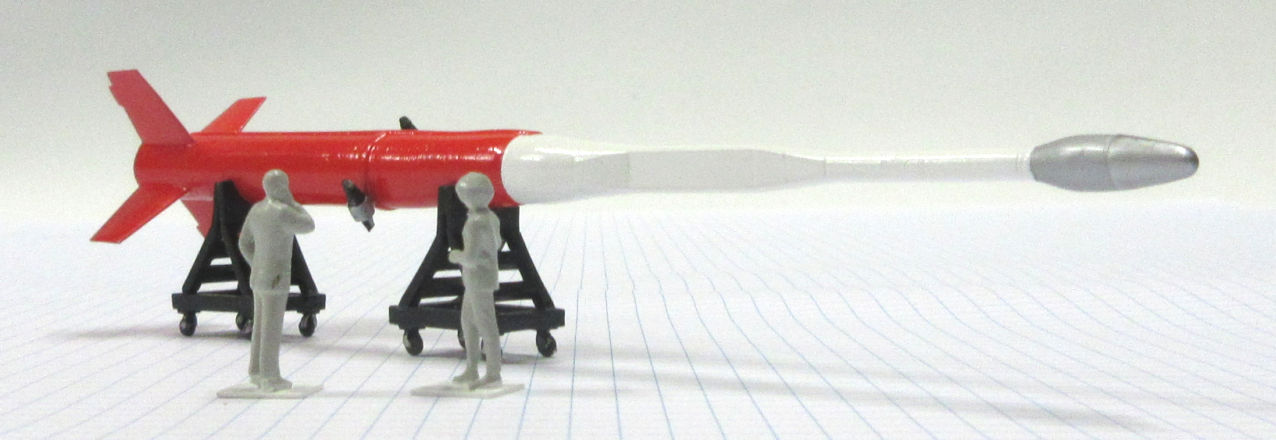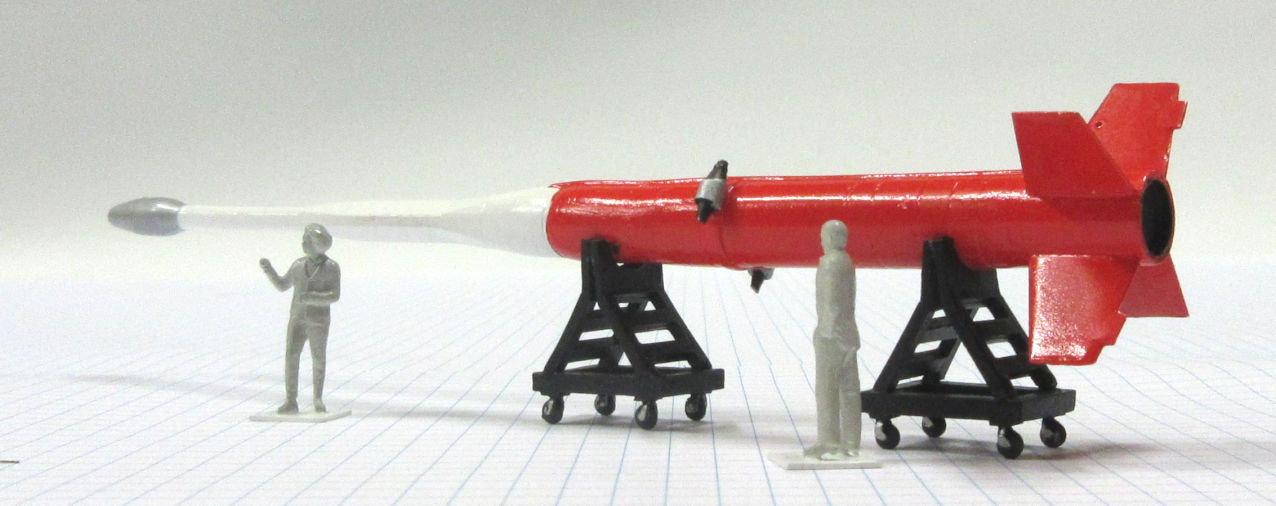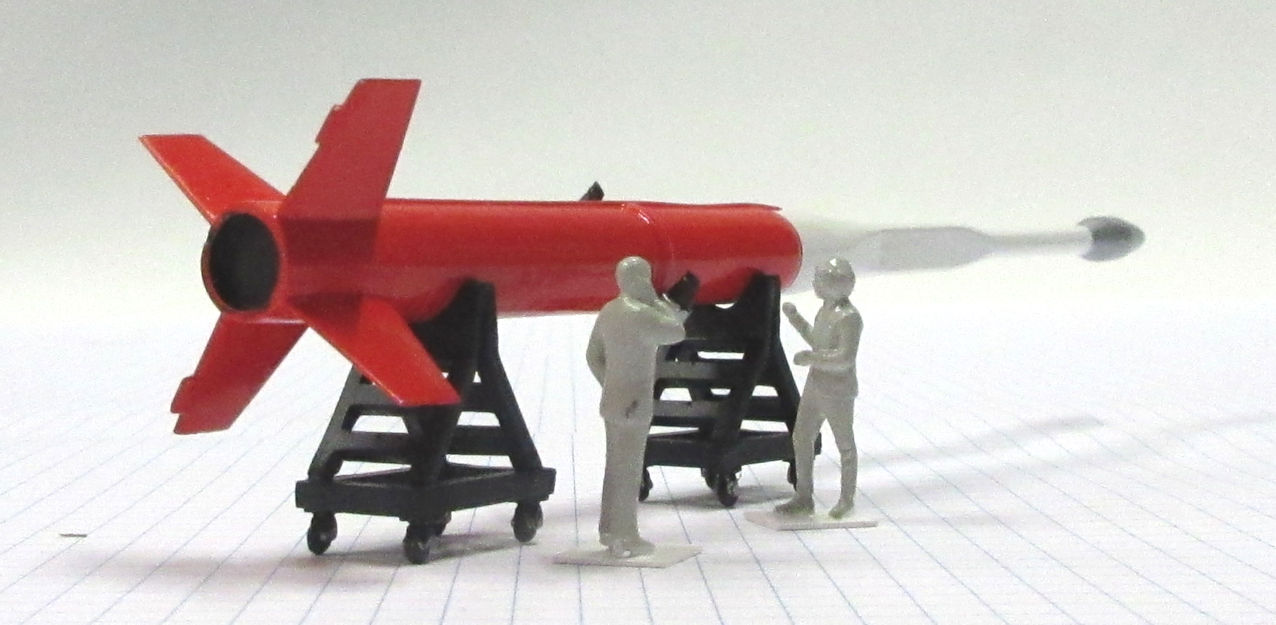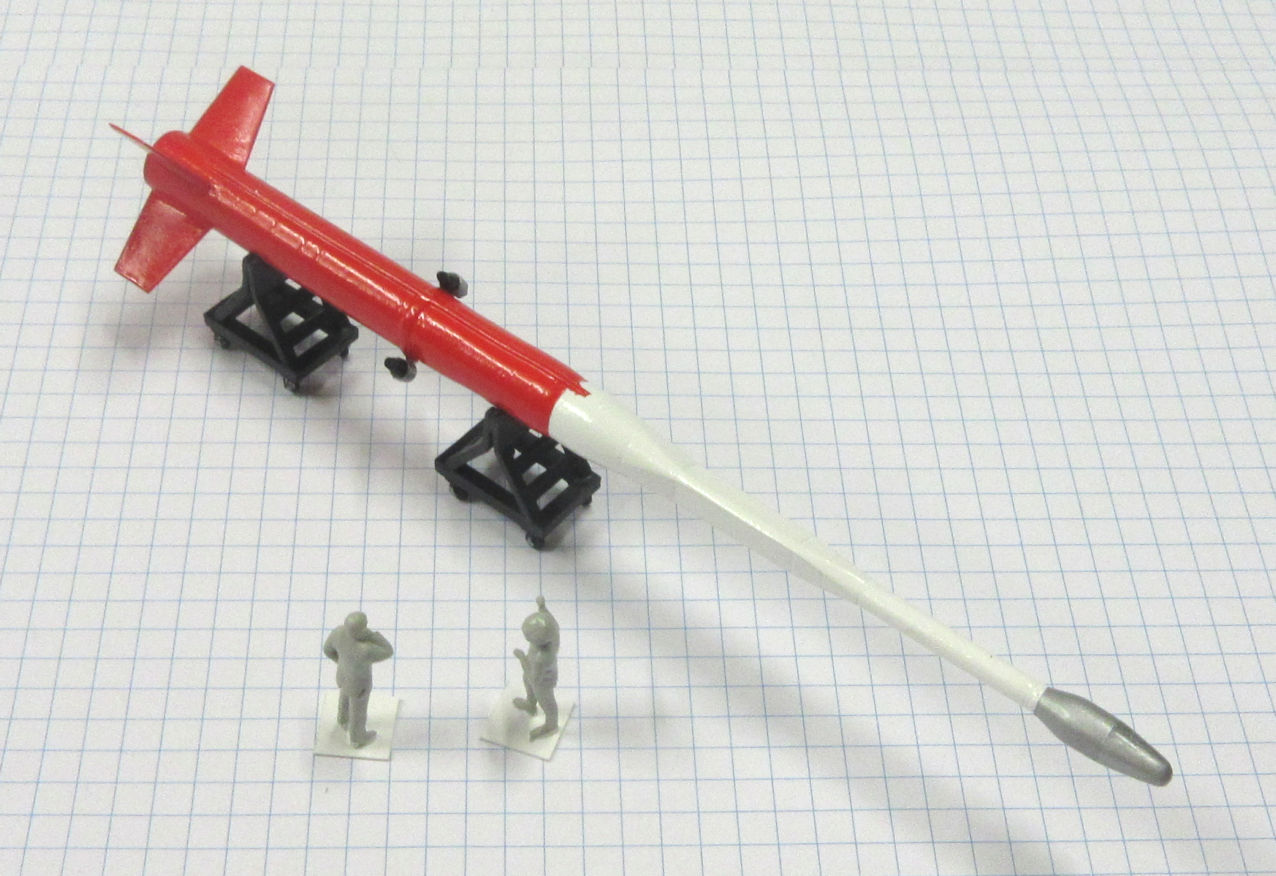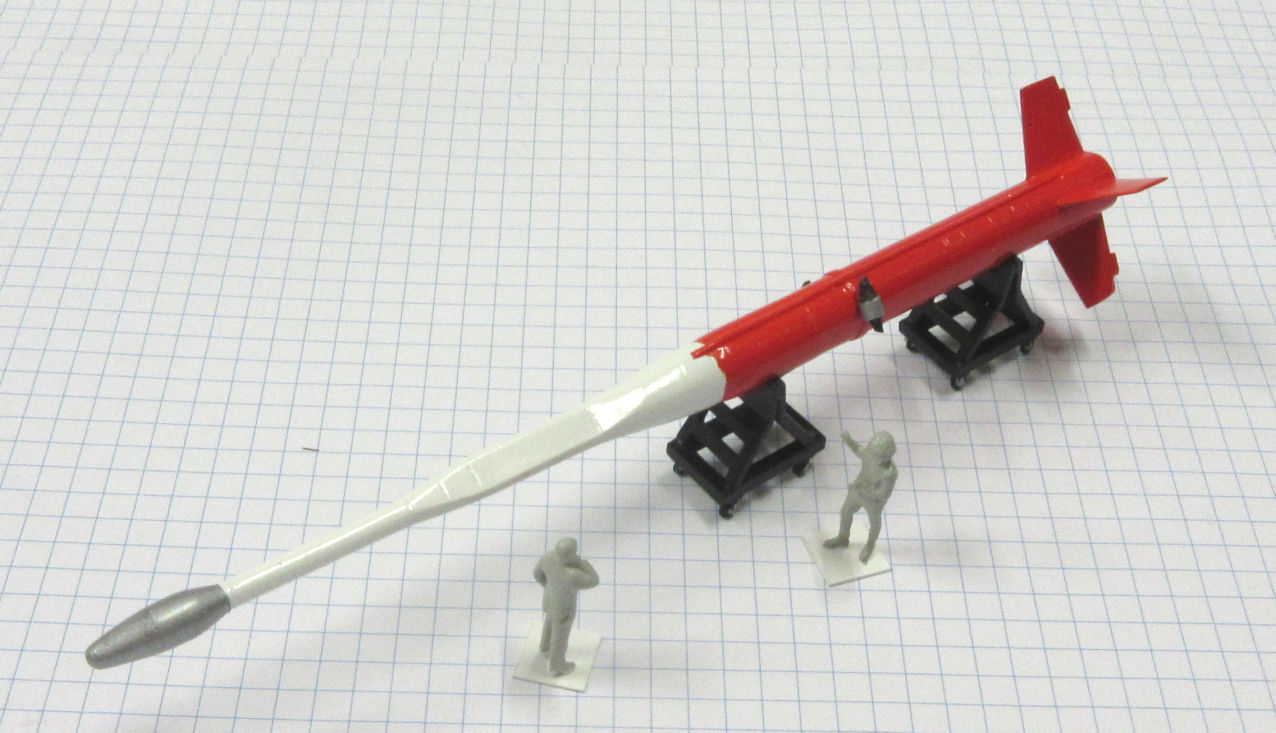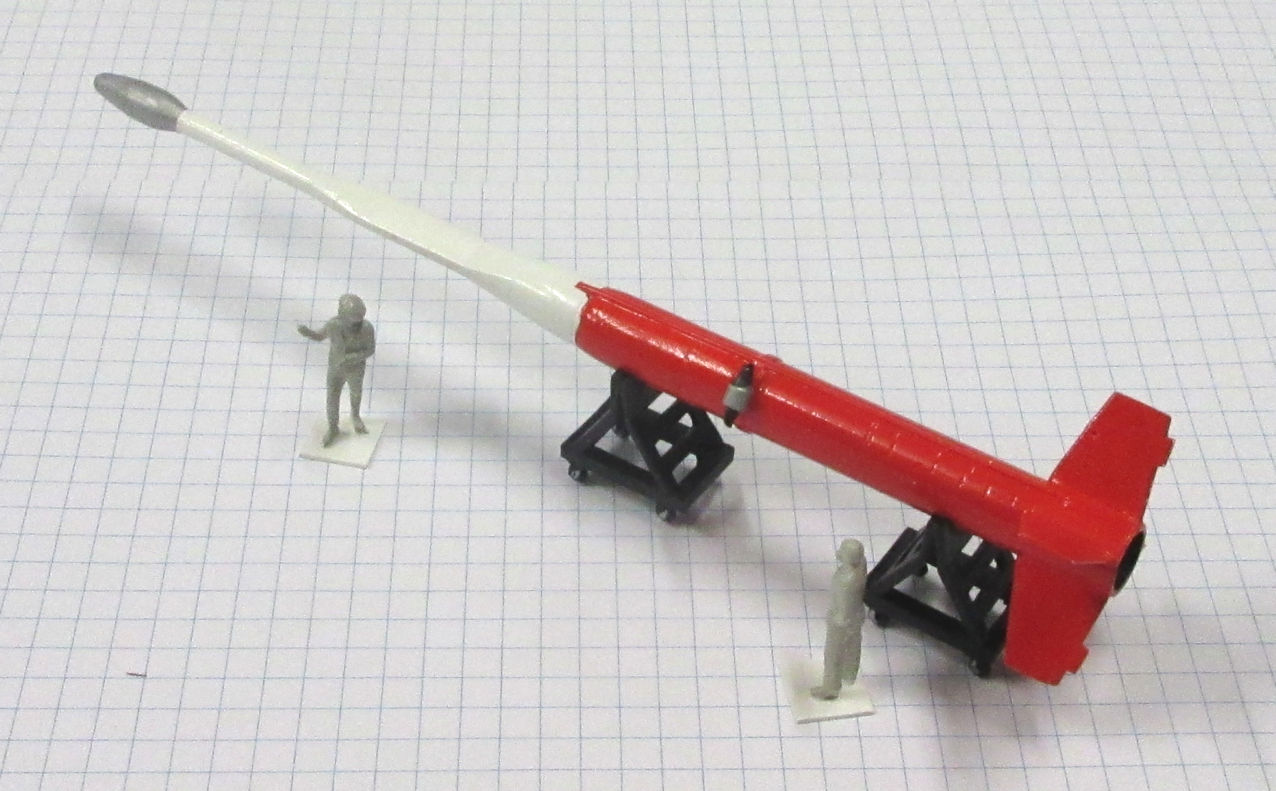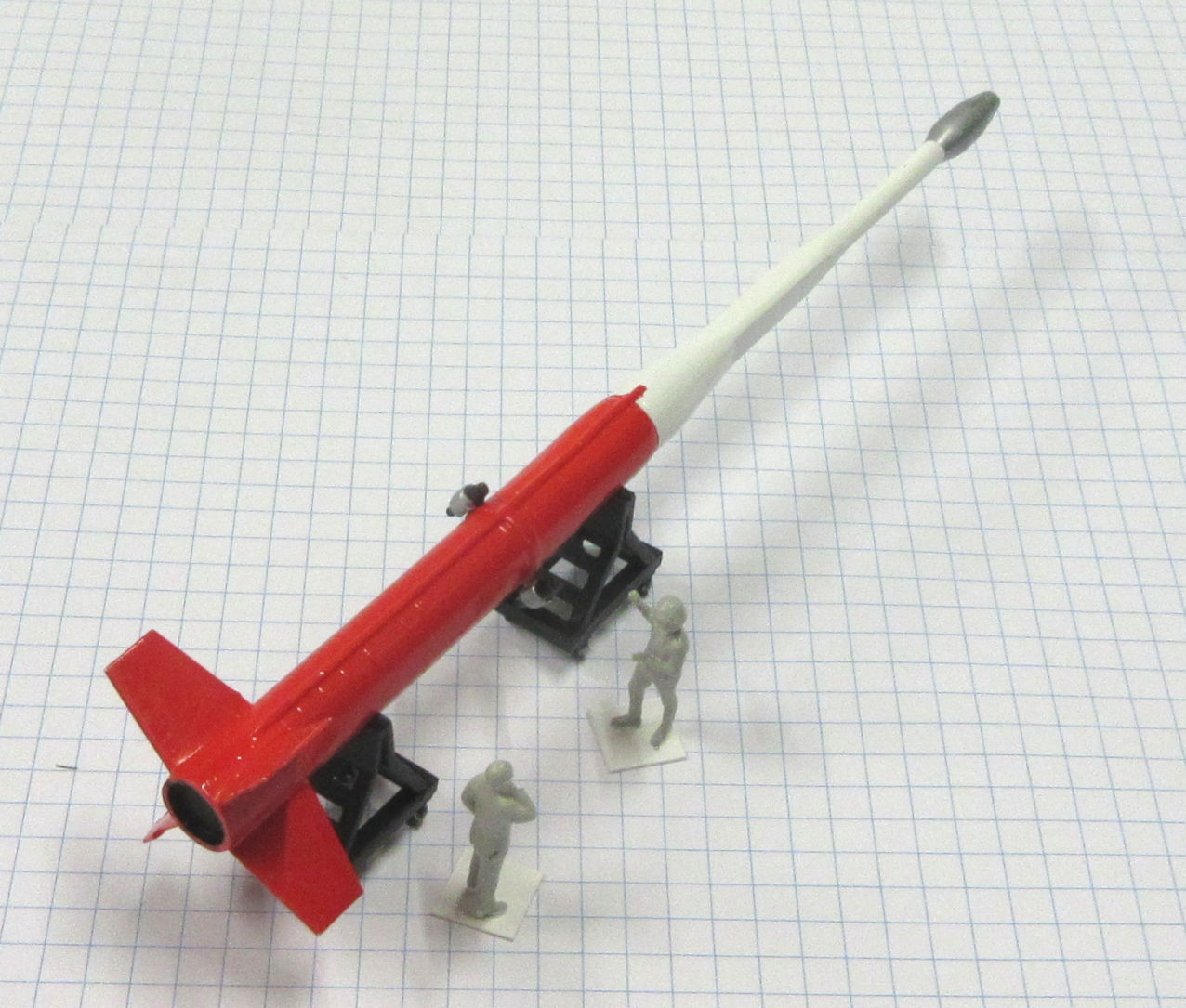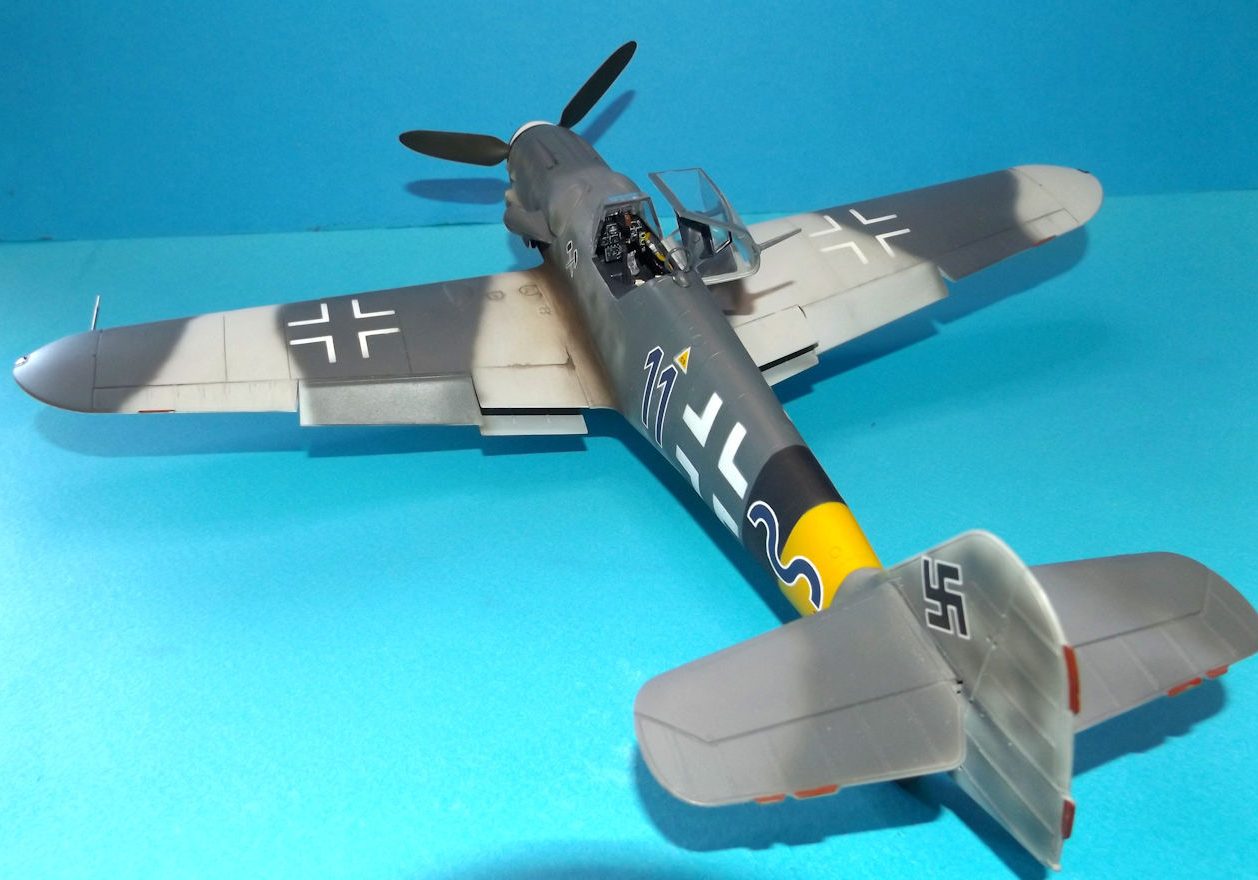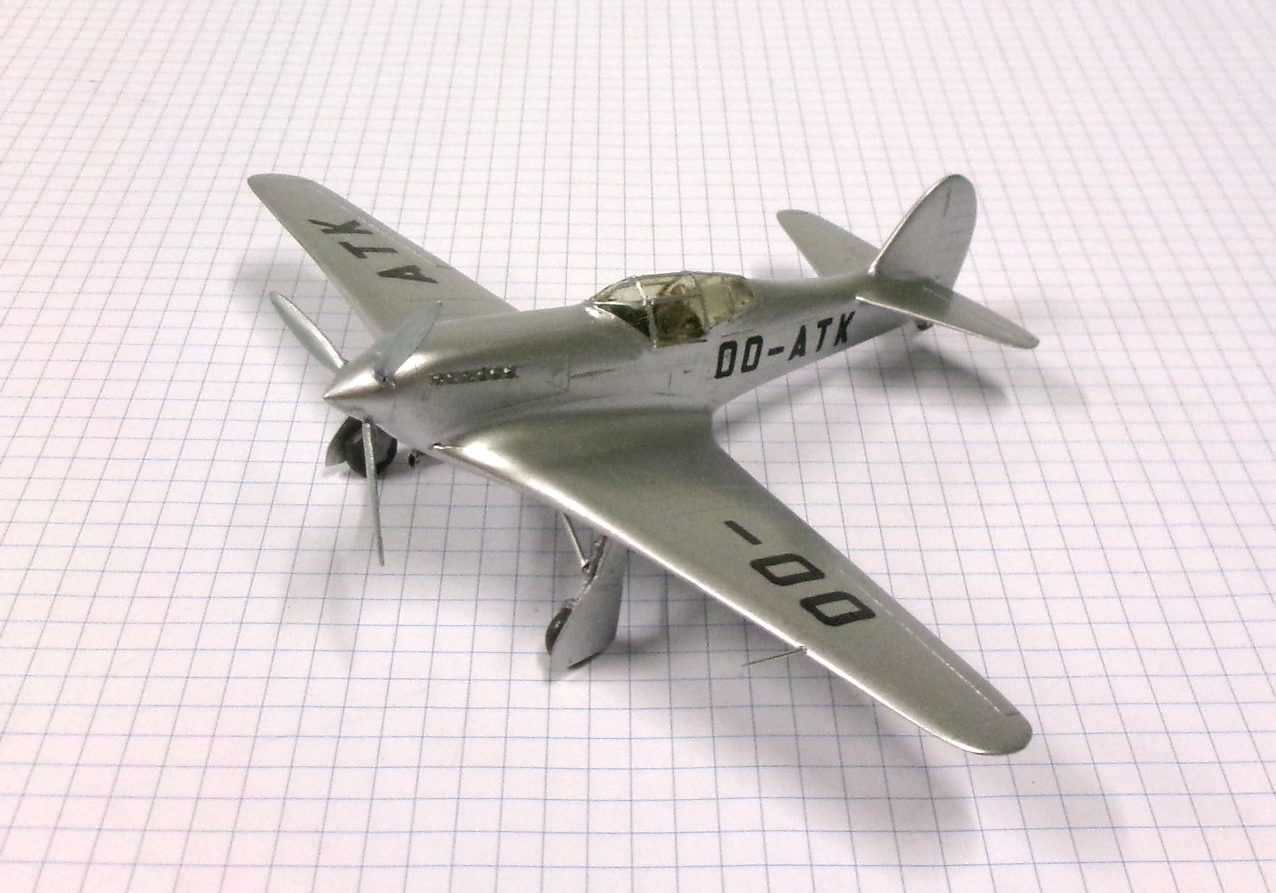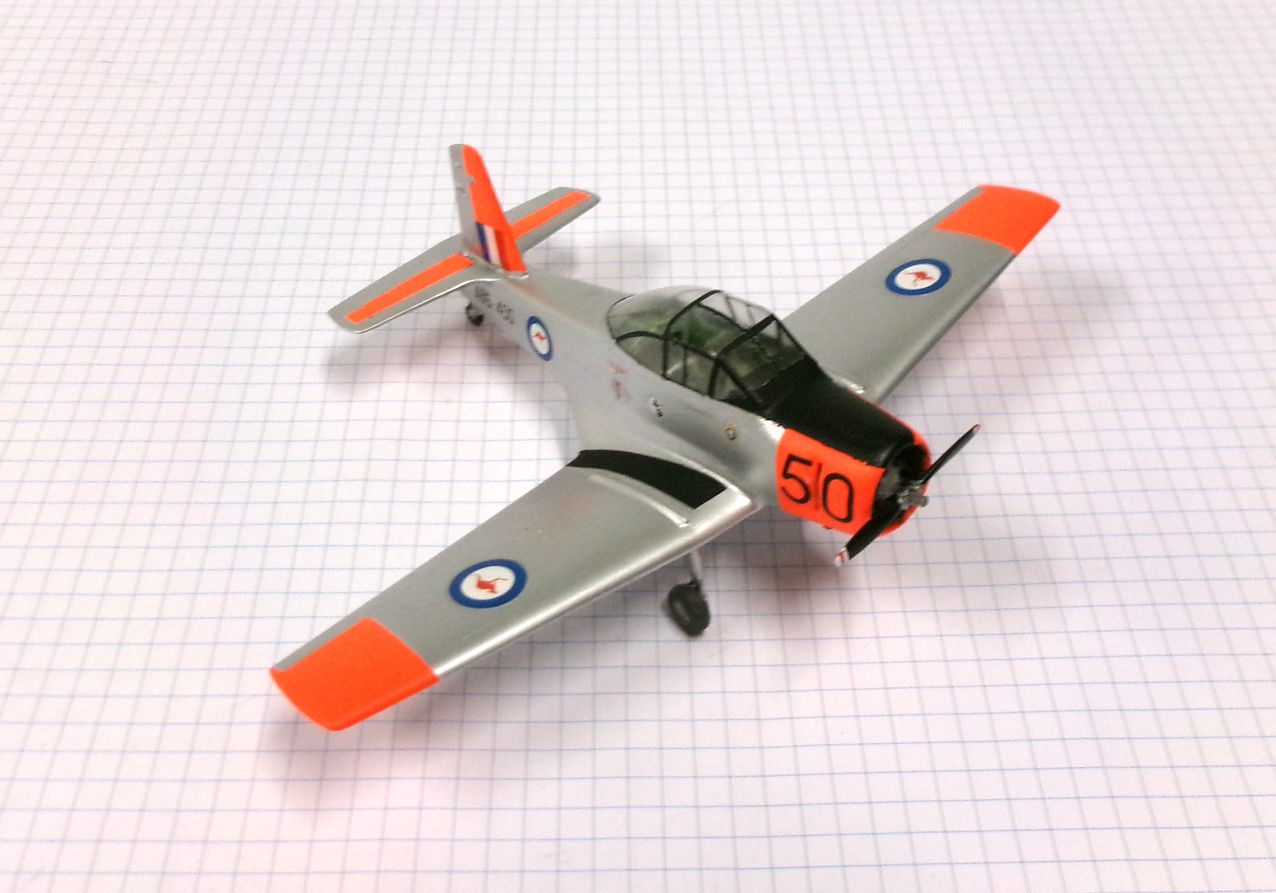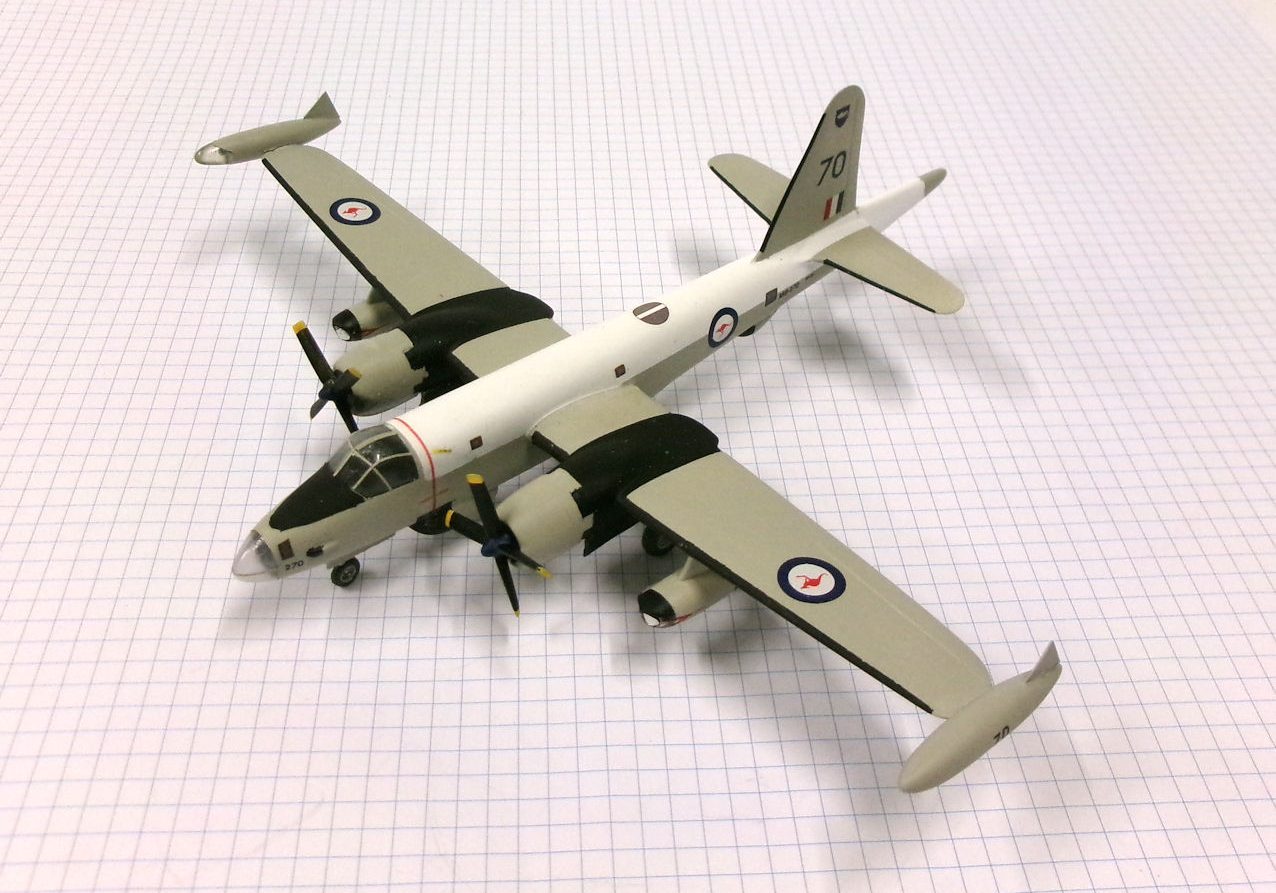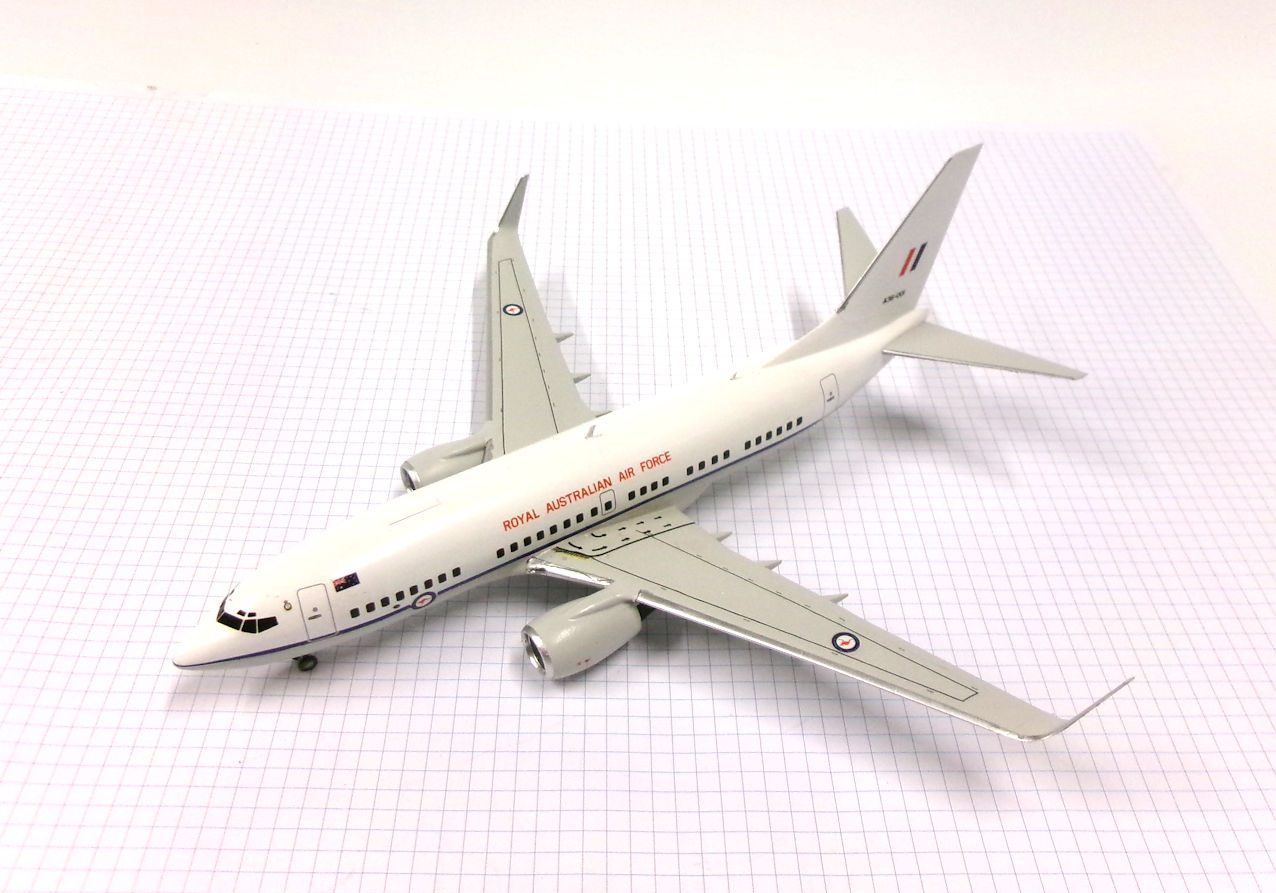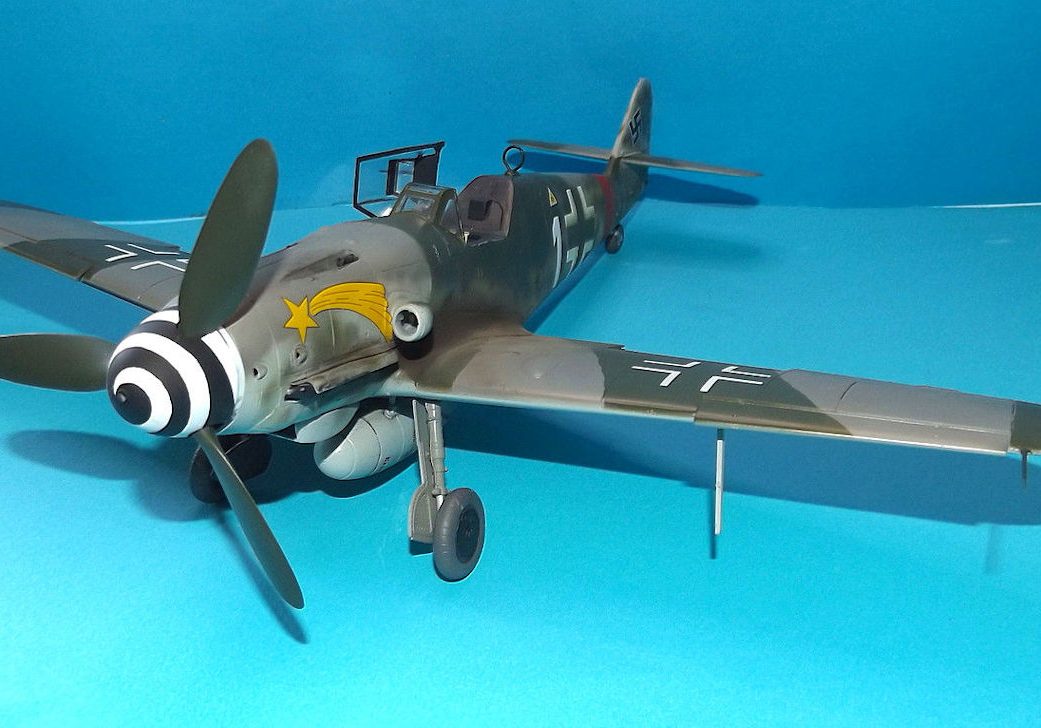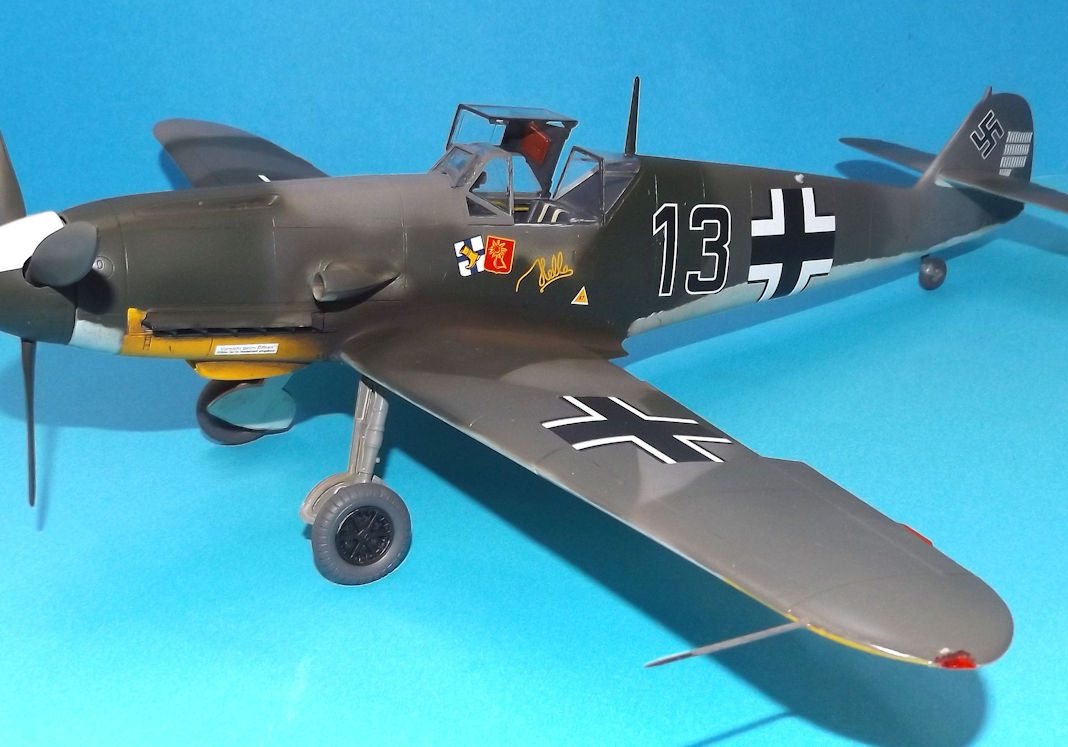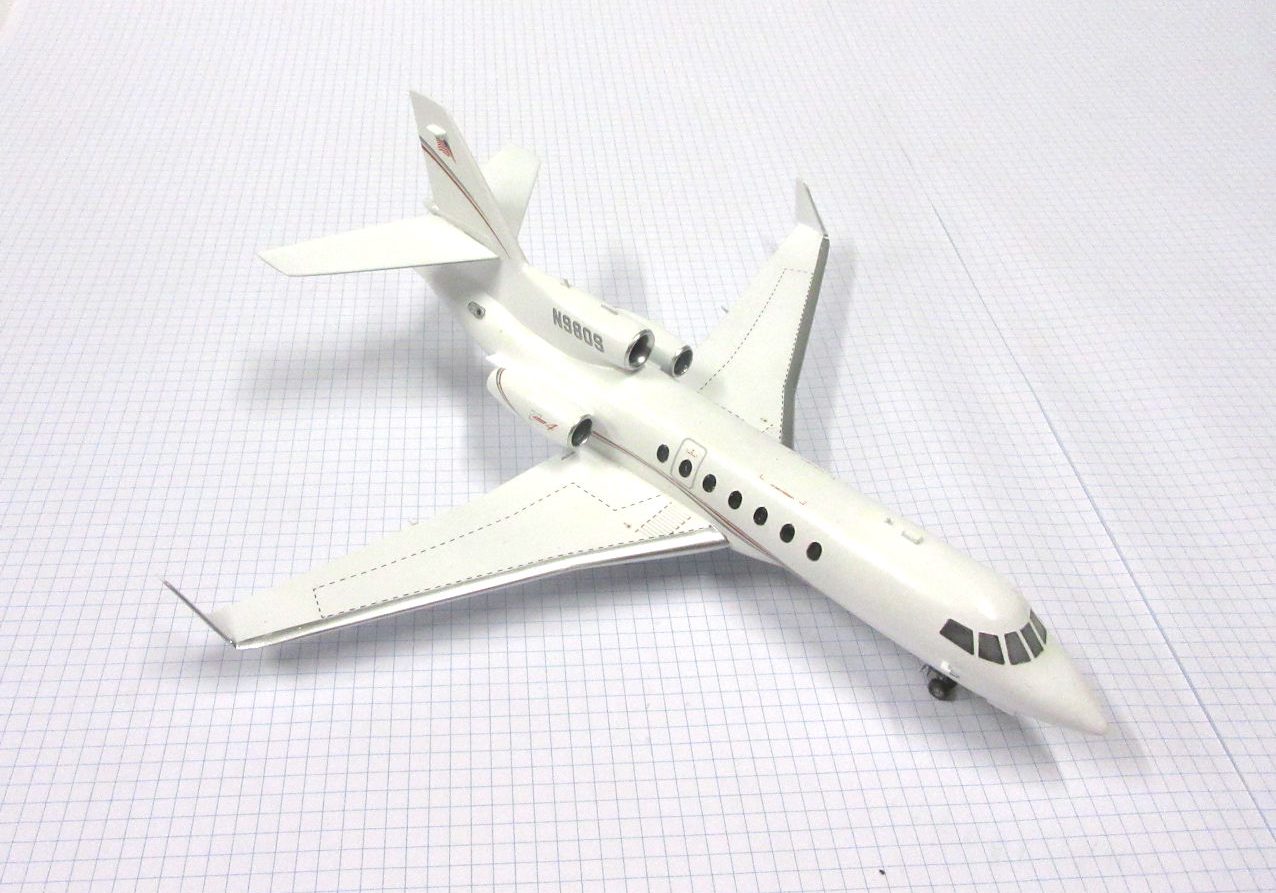History
The Lockheed X-17 was a three stage rocket designed to gather information about what was necessary for successful reentry to the earth’s atmosphere from outer space. The test program was successfully carried out in the mid 1950s.
When the United States began developing intercontinental ballistic missiles it needed information about reentry vehicles for the weapons they would carry.
The X-17 was designed to test what would be necessary for successful reentry.
The first two stages lifted the rocket to an altitude of over 100km and the third was used to increase the speed to that of vehicles reentering the earth’s atmosphere.
The data gathered was also used to design the reentry shields for Project Mercury.
The first X-17 was launched on 26 August 1955 and a total of 26 flights were conducted until March 1957.
This model represents a X-17 in the mid 1950s.
Anigrand 1:72 kit completed by Leigh Edmonds in December 2017.
